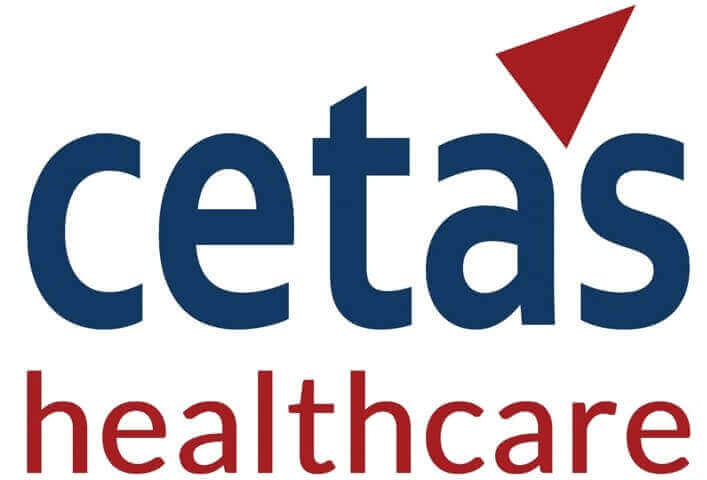X
The MedTech industry has evolved significantly over the years, with innovations driving the development of life-saving devices and diagnostics. In this era of precision medicine and evidence-based healthcare, the demand for robust data to support the safety, efficacy, and economic value of medical technologies has never been higher. Real-world evidence (RWE) has emerged as a critical tool for MedTech companies, offering insights that traditional clinical trials alone cannot provide. In this article, we delve into the technical aspects of leveraging RWE for MedTech, exploring its applications, challenges, and the future of evidence generation.
Leveraging real-world evidence is no longer an option but a necessity for MedTech companies seeking to thrive in a data-driven healthcare landscape. The technical challenges associated with RWE are surmountable with the right expertise and methodologies. As RWE continues to evolve, its role in informing decisions related to medical technologies will become increasingly vital, ensuring that innovations reach the right patients, at the right time, with the right evidence-based support.


We provide the best insights for your business
